Renewable Energy Investment
Specialist renewables investor
Octopus Energy Generation, part of the Octopus Energy Group, is one of the largest renewable energy investors in Europe.
We have a diverse portfolio of assets with a capacity of up to 3 GW, making us the largest commercial solar investor in Europe and a leading UK investor in onshore wind. Octopus is also leading the next wave of renewables being built across Europe and Australia without government subsidies.
Our approach
Octopus’ mission is to accelerate the transition to a future powered by renewable energy. As a specialist renewables investor, we believe there is a huge opportunity to unblock investment in renewables by building bespoke portfolios of renewables assets at economies of scale across multiple assets, technologies and countries to create better outcomes for our investors.
Institutional investors are key to reaching net-zero
Our recent report explains why divestment from fossil fuels is not enough to reach the net-zero target. We also must increase investment allocation to renewable energy.
Insights

Reasons For Optimism
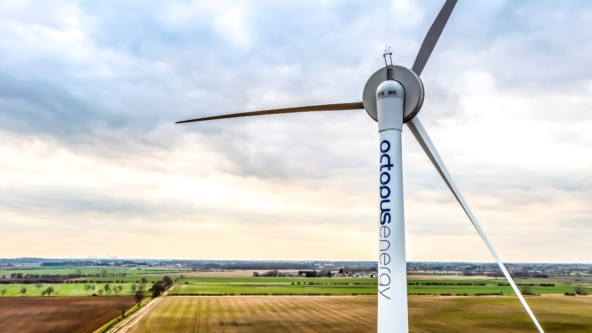
Sunshine on a Rainy Day: it’s all about energy efficiency
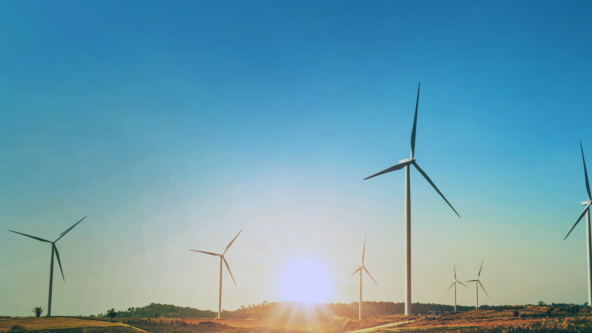
Fuelling the transition: how investors can accelerate the shift to sustainable energy
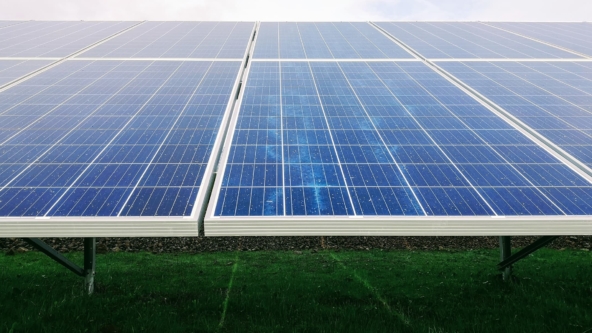
The great transition: Opening the renewables floodgate

Renewable energy report
Other investment capabilities


Ventures
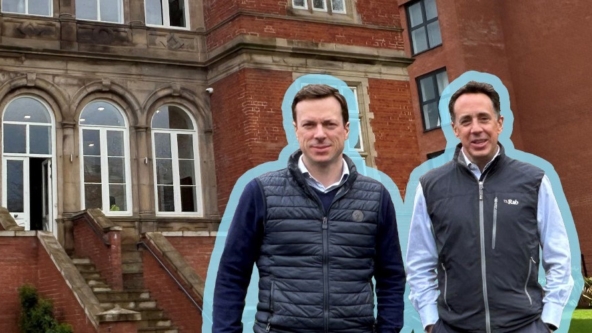
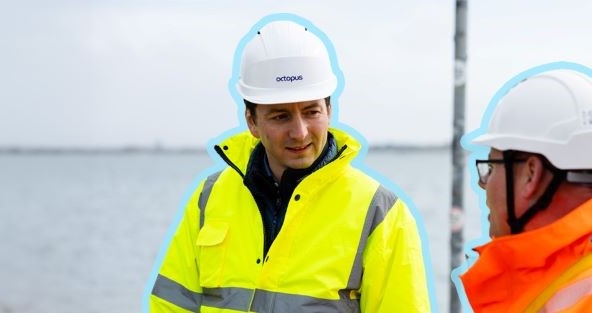
Sustainable Infrastructure
Interested in Renewable Energy?
Talk to one of us.
If you are interested in investing into renewable energy, or other alternative investments, we would love to hear from you. Please fill out the form below and we will be in touch shortly to arrange a time for further discussion.